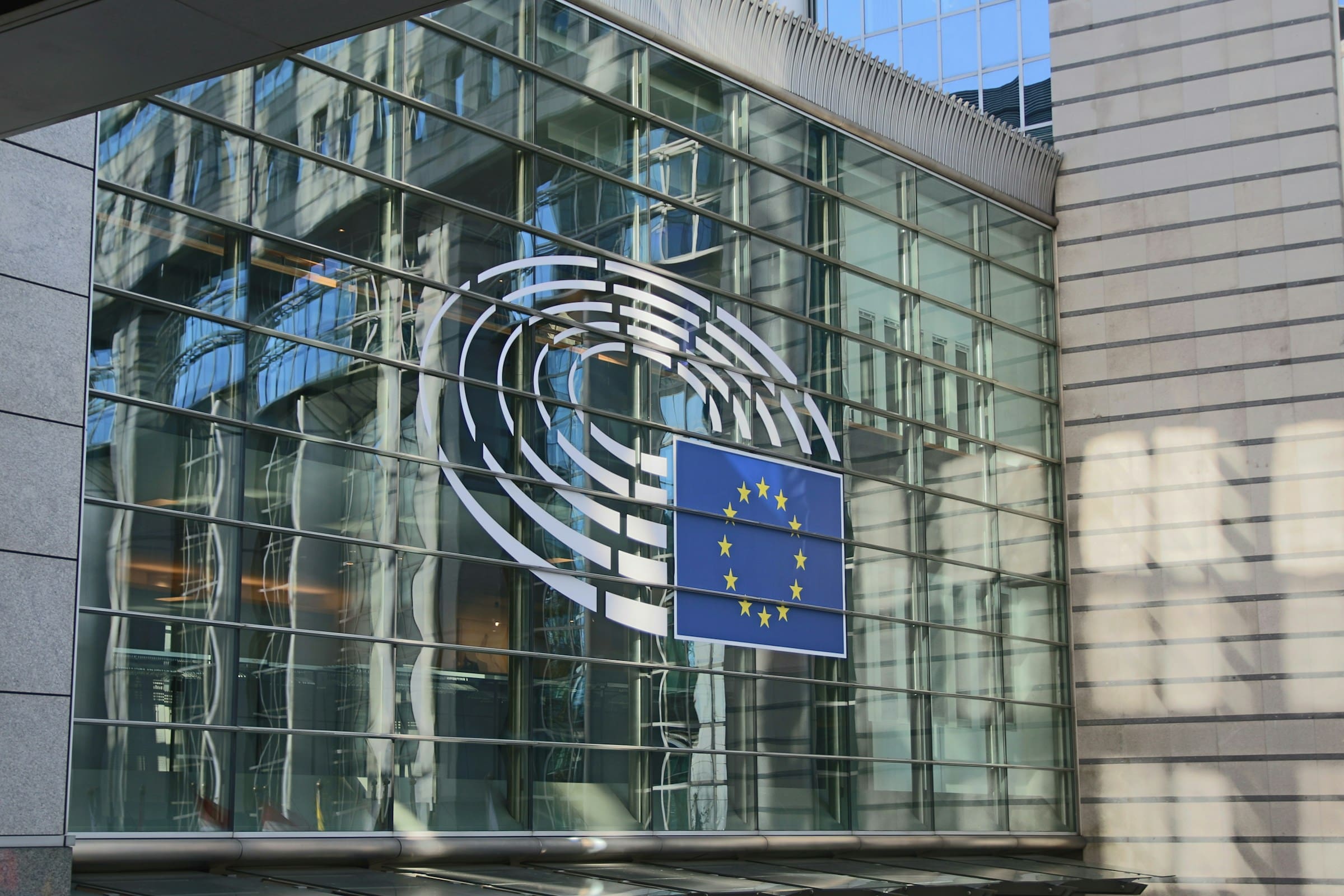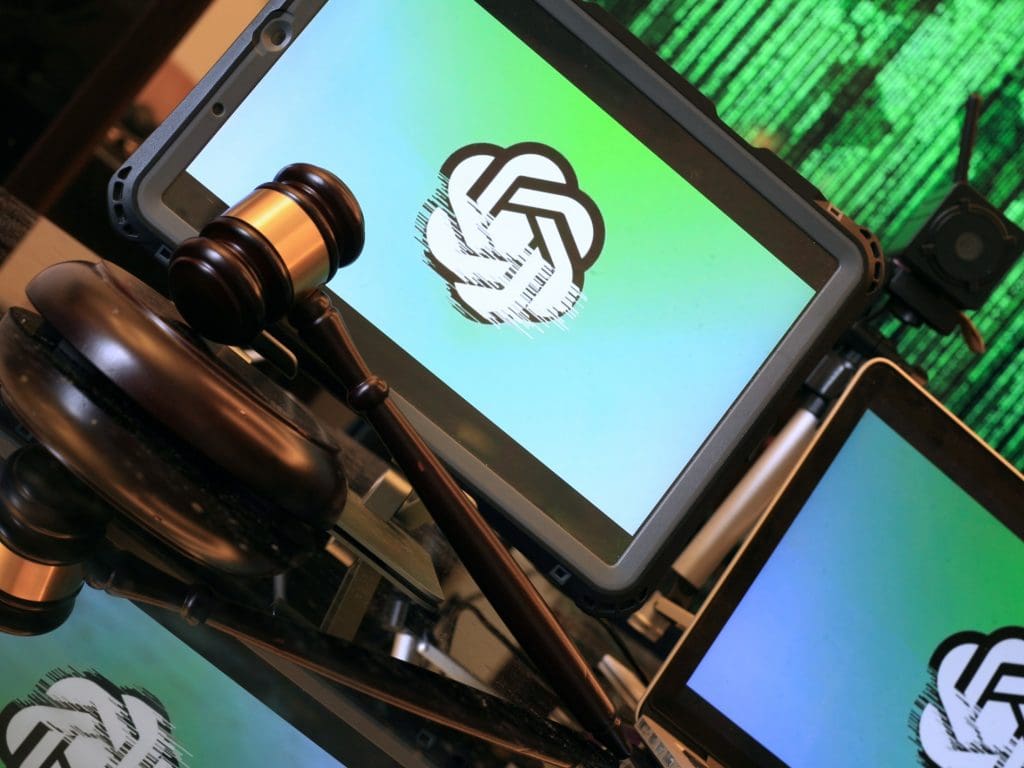In-Short
- EU’s AI Act aims to build trust and regulate responsible AI adoption.
- Experts believe the Act will foster confidence and encourage AI innovation.
- Regulations focus on high-risk AI systems and include provisions for smaller businesses.
- Clear framework expected to influence AI adoption positively across the EU.
Summary of the EU AI Act’s Impact
As the EU’s AI Act is set to take effect, it has garnered attention for its potential to instill trust and guide responsible AI adoption. Curtis Wilson from Synopsys and Paul Cardno from 3M have both highlighted the Act’s significance in building confidence among users and businesses. The Act’s stringent rules and penalties are designed to deter negligent AI development and reassure customers about the reliability of AI systems.
The legislation primarily targets high-risk AI applications, aligning with best practices such as risk management and thorough documentation. It also acknowledges the challenges faced by small companies and startups, offering provisions like national sandboxes to encourage innovation without stifling growth.
Despite the Act’s focus on the EU market, its influence extends to UK businesses and beyond, providing a clear framework that could inspire hesitant organizations to embrace AI technologies. While the Act may introduce some friction in terms of registration and certification, it represents a significant step towards a safer and more trustworthy AI environment.
For more detailed insights, please visit the original source.
Image credit: Guillaume Périgois










